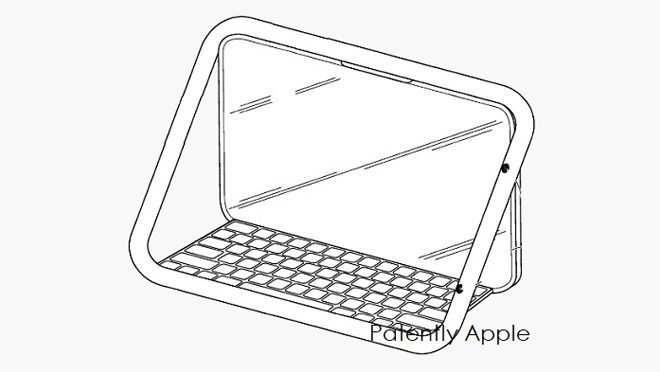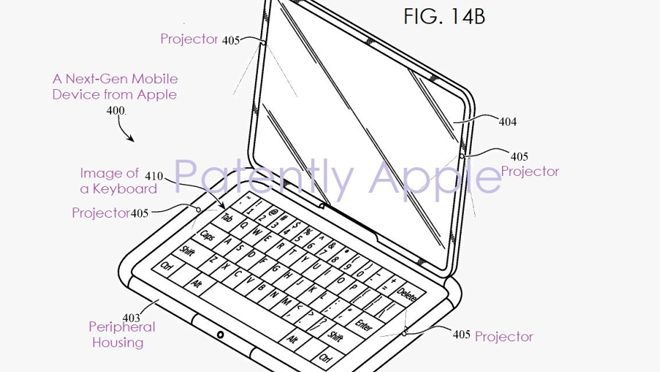As we all know, Apple has some of the most secure devices in the world. It is needless to say that Apple was the first one to introduce facial recognition system for its smartphones.
Initially, Apple. Inc developed the technology for the iPhone X and now it is developed further for the iPad and other higher devices. It seems like Apple is concentrating on advancing its Face ID technology much further with its newly patented dot projector.

The dot projector is basically a structured light source that has flash components which emit a predetermined light pattern on the face. This procedure is a very quick one as it is used mostly for the Face ID technology.
Previously, Apple used this technology to focus on near-field projection for covering the face with up to 30,00 dots of light. But now, Apple is redesigning the Dot Projector so it can project light to both near and far-field distances with the projector automatically choosing which to use in real-time.
On August 6, 2020, the US Patent and Trademark Office published a patent application from Apple that reveals Apple’s current advancement towards its dot projector technology for both near and far-field distances. Apple filed the patent in the first quarter of 2020 and it was published under patent application 20200251882.


Apple also has specified the use of this advanced dot projector.
A switching circuit, implemented in silicon, for example, can be used to select the set of VCSELs to be actuated at any given time, depending on the type of illumination that is required.
According to the patent, the device will include projection optics. These optics are configured to focus the beams from the emitters in the first set to form a pattern of structured light in an area of a far-field while spreading the beams from the emitters in the second set so as to project flood illumination over the area.
In some cases, the micro-lenses are not centred over each VCSEL in the array. Rather, some or all of them are intentionally decentered for improved optical performance. A Patently Apple report clarifies this decentralization with proper example.
According to the report, the micro-lenses of the VCSELs can be displaced inwardly with the greatest displacement at the edges of the array. Alternatively or additionally, the micro-lenses may be decentered for the purpose of beam steering.
Apple hopes to use the VCSELs to project flood radiation onto an area of the far-field. In that case, the distances from the device have to be large enough so that propagation of the optical waves from the emitters will be substantially uniform. Besides this, VCSELs could also be used in forming a pattern of structured light on the area of the far-field.
What is the limitation of the far field?
As we know, the dot projectors from Apple only dealt with the near field distances previously. The coverage of far-field distances is introduced recently and it is still in its patent form. Therefore, several question raises regarding this newly patented technology from Apple. Will this dot projector be able to cover areas far enough? What will be its limitations? Will it support extra feet from the camera or several yards?
Well, the reports suggest that this could depend upon the Depth of Field (DOP). DOP is the distance between the nearest and the farthest objects that are in acceptably sharp focus in an image. Initially, near and far-fields could generally relate to this DOP.
One can calculate DOP based on focal length, distance to subject, the acceptable circle of confusion size, and aperture. DOP can also be chosen for technical or artistic purposes and its limitations can sometimes be overcome with various techniques or equipment.
Nevertheless, as we said earlier, all of these are still in the patent form. Therefore, there is no fixed date when Apple would reveal the technology to the world. We will get back to you once Apple makes any further announcements.




